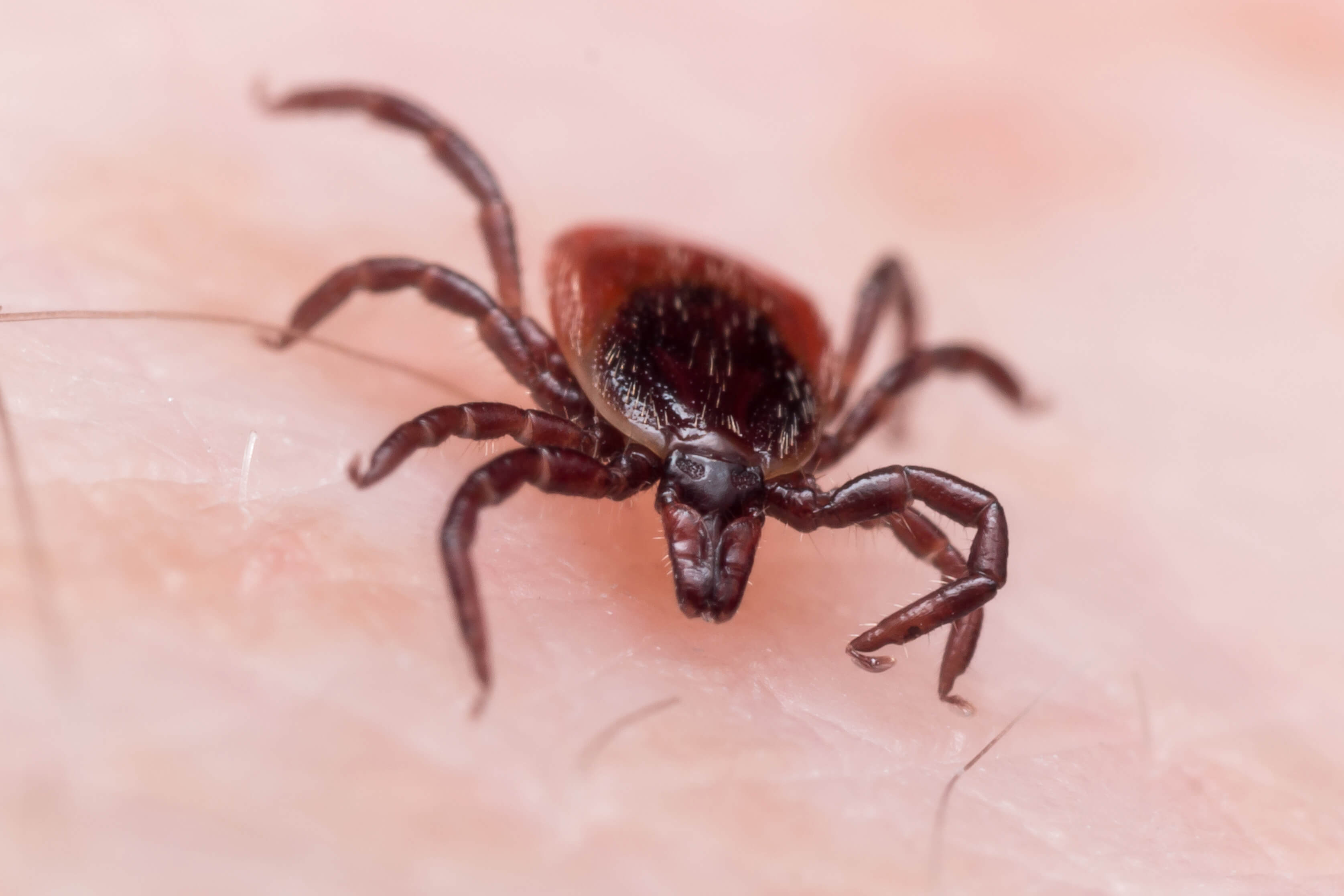
When the test for Lyme disease comes back negative, but your patient is still suffering, what might be the correct diagnosis? And if the result is positive, but treatment doesn’t provide complete resolution, what else could they be infected with? These are among the challenges facing the physician with a patient with suspected Lyme disease.
Testing Too Soon Can Lead to Negative Test Results
As with every diagnosis, the diagnosis of Lyme disease begins with a careful history. Patients with exposure to geographic areas where the deer tick is endemic, who present with symptoms consistent with Lyme disease, but don’t recall a tick bite, may benefit from testing. But timing is crucial for a valid result. If the test is negative, one reason may be that the sample was taken too early. A patient who is infected by
Borrelia burgdorferi, the bacterium that causes Lyme disease, may develop symptoms within days, but may not develop sufficient levels of antibodies to give unequivocal results on the screening test for several weeks. Samples taken before that may give a false negative, and may need to be repeated after 30 days unless an alternative diagnosis is determined. “It is important not to rush to take a sample in a newly infected patient,” says Robert Jones, MD, Medical Director for Infectious Diseases at Quest Diagnostics.
A Negative Lyme Test, or an Inadequate Response to Treatment, Doesn’t Mean No Tick-borne Disease
A patient tested after the appropriate amount of time, who nonetheless receives a negative test result for Lyme disease, may be infected with another tick-borne organism. Similarly, when a patient tests positive but doesn’t respond completely to antibiotic treatment, co-infection may be the cause.The deer tick may carry other pathogens in addition to
Borrelia, which cause their own diseases. These include:
Anaplasmosis
Anaplasma phagocytophilum is a bacterium that causes flu-like symptoms without a rash, in most cases. According to the Centers for Disease Control & Prevention (CDC), treatment is most effective if it begins early, before lab testing can confirm the infection. Doxycycline, also effective against Lyme disease, “is the first-line treatment for adults and children of all ages and should be initiated immediately whenever anaplasmosis is suspected,”
the CDC states.
Babesiosis
Babesia microti is a protozoan parasite that infects red blood cells, causing flu-like symptoms and hemolytic anemia. Infected patients may be asymptomatic. Those most likely to be affected are the elderly, the immunocompromised, those with serious comorbidities, or those without a spleen. For these patients, infection may be severe or even life-threatening.
Antimicrobial treatment is available and effective in most cases.Other ticks also carry diseases that may mimic Lyme disease in its early stages, and thus must be considered in the differential diagnosis before definitive testing is possible. These include:
Ehrlichiosis
Ehrlichia species are bacteria that cause flu-like symptoms with or without a rash. The bacterium is transmitted by the lone star tick (
Amblyomma americanum). As with anaplasmosis, earlier treatment is preferred, with lab testing later to confirm infection, and doxycycline is the
first-line treatment for both adults and children. Ehrlichiosis may cause a false positive result for Lyme disease on the IgM western blot test, Dr. Jones notes.
Rocky Mountain Spotted Fever
This disease, due to infection by
Rickettsia species, causes flu-like symptoms and, in most patients, a characteristic rash. It is transmitted by the American dog tick (
Dermacentor variabilis), the Mountain wood tick (
Dermacentor andersoni), and the brown dog tick (
Rhipicephalus sanguineus). Unlike the rash in Lyme disease, the rash in Rocky Mountain spotted fever is an area of distinct spots or splotches, which develop several days after fever. Again, doxycycline is the
treatment of choice, according to the CDC. Cases occur throughout the United States, but are
most common in states in the eastern and middle sections of the country, from Virginia to Oklahoma and from Mississippi to Illinois. Despite the name, the incidence is relatively low in the Mountain states.“Because of the possibility of co-infection or disease due to another tick-borne pathogen, most physicians won’t just order the Lyme disease test,” Dr. Jones says. “Depending on the patient’s geography of exposure, they will often order tests for other tick-borne diseases as well, to consider in the differential diagnosis.” The Quest Diagnostics
Acute Molecular Panel for Tick-borne Disease combines testing for
Anaplasma,
Babesia,
Borrelia, and
Ehrlichia. A separate panel for
Rickettsiais also available.
This communication is intended for healthcare professionals in the USA.This information is provided for informational purposes only and is not intended as medical advice. A physician’s test selection and interpretation, diagnosis, and patient management decisions should be based on his/her education, clinical expertise, and assessment of the patient.The treating healthcare professional should refer to the manufacturer’s approved labeling for prescribing, warnings, side effects and other important information.
Your Privacy Choices





